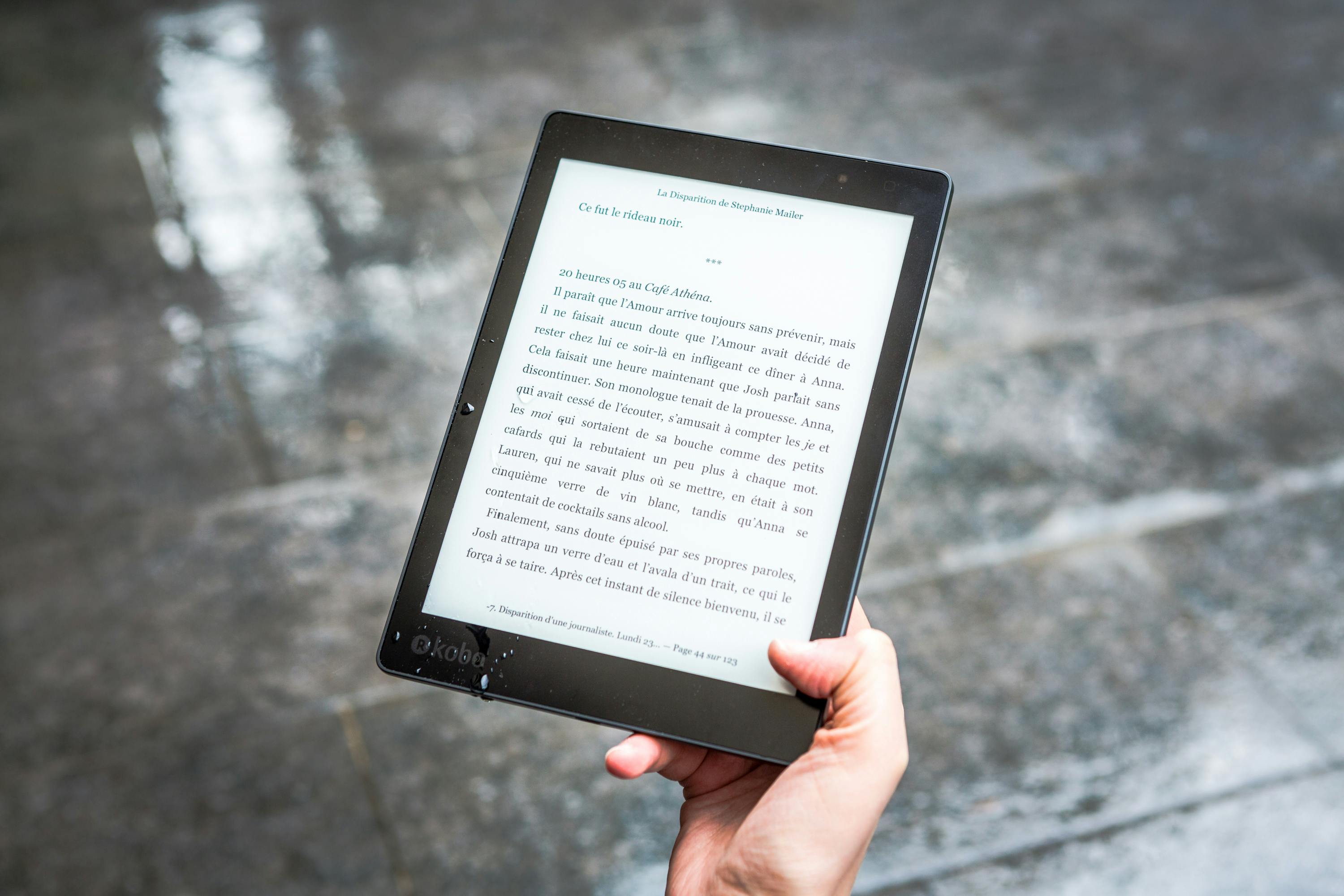The Emergence of E-Ink Technology
In today's fast-paced digital world, the continuous evolution of display technology is undeniable. One such advancement that has captured the attention of tech enthusiasts globally is E-Ink technology. E-Ink or electronic ink, a type of electronic paper, has transformed the reading experience on digital platforms. It's a unique display technology that mimics the appearance of regular ink on paper and offers a comfortable reading experience, even in bright sunlight. But, how did E-Ink technology come into existence, and what makes it so unique?

The Inception of E-Ink Technology
The origin of E-Ink technology can be traced back to the 1970s at the Xerox Palo Alto Research Center, where Nick Sheridon invented Gyricon, a first-generation electronic paper. However, the concept of E-Ink as we understand it today was first developed at the Massachusetts Institute of Technology’s Media Lab in the 1990s.
Over the years, the technology has evolved significantly, extending its application beyond e-readers to various other devices such as smartwatches, electronic shelf labels, and even mobile phones.
The Science Behind E-Ink
E-Ink displays function on the principle of electrophoresis. They contain millions of microcapsules, each filled with positively charged white particles and negatively charged black particles suspended in a clear fluid. When an electric field is applied, the charged particles move to the top or bottom of the microcapsule, creating the appearance of black or white pixels on the screen.
This technology’s biggest selling point is its power efficiency. E-Ink displays only consume power when the screen image is changed, not when it’s static. This characteristic makes it an ideal choice for devices like e-readers, where the display remains static for extended periods.
E-Ink in the Current Tech Landscape
E-Ink technology has been making significant strides in recent years. The release of the Amazon Kindle Oasis, which features a 7-inch, 300 ppi E-Ink Carta display and adjustable warm light, is a testament to this. The device has been lauded for its high-resolution display that ensures a paper-like reading experience.
Another notable development in E-Ink technology is the YotaPhone, a dual-screen smartphone featuring an LCD on one side and an E-Ink display on the other. The E-Ink screen displays notifications, time, weather, and can even be used for reading ebooks, thereby conserving battery life.
The Future of E-Ink
While E-Ink technology is still predominantly used in e-readers, the potential for its application in other devices is vast. In the future, we might see E-Ink displays in devices where power efficiency and visibility in sunlight are critical.
However, like any technology, E-Ink has its limitations. The lack of color reproduction and slower refresh rates compared to LCD or OLED displays are significant drawbacks. Nevertheless, E-Ink’s advantages in specific use cases make it a technology worth watching.
With companies like E Ink Holdings continually investing in its research and development, we can expect further advancements in E-Ink technology. For instance, the company has already started working on Advanced Color ePaper (ACeP), which can display up to 32,000 different colors.
Wrapping Up
As technology continues to evolve, E-Ink is carving its niche in the digital world. Its unique characteristics make it an ideal choice for devices where power efficiency and readability in various lighting conditions are paramount. With continued research and development, E-Ink technology has the potential to reach new heights in the future, transforming how we interact with our digital devices.





